Yin Ding
A wearable Gait Assessment Method for Lumbar Disc Herniation Based on Adaptive Kalman Filtering
Dec 15, 2023Abstract:Lumbar disc herniation (LDH) is a prevalent orthopedic condition in clinical practice. Inertial measurement unit sensors (IMUs) are an effective tool for monitoring and assessing gait impairment in patients with lumbar disc herniation (LDH). However, the current gait assessment of LDH focuses solely on single-source acceleration signal data, without considering the diversity of sensor data. It also overlooks the individual differences in motor function deterioration between the healthy and affected lower limbs in patients with LDH. To address this issue, we developed an LDH gait feature model that relies on multi-source adaptive Kalman data fusion of acceleration and angular velocity. We utilized an adaptive Kalman data fusion algorithm for acceleration and angular velocity to estimate the attitude angle and segment the gait phase. Two Inertial Measurement Units (IMUs) were used to analyze the gait characteristics of patients with lumbar disc issues and healthy individuals. This analysis included 12 gait characteristics, such as gait spatiotemporal parameters, kinematic parameters, and expansibility index numbers. Statistical methods were employed to analyze the characteristic model and confirm the biological differences between the healthy affected side of LDH and healthy subjects. Finally, a classifier based on feature engineering was utilized to classify the gait patterns of the affected side of patients with lumbar disc disease and healthy subjects. This approach achieved a classification accuracy of 95.50%, enhancing the recognition of LDH and healthy gait patterns. It also provided effective gait feature sets and methods for assessing LDH clinically.
Enable an Open Software Defined Mobility Ecosystem through VEC-OF
Jul 08, 2020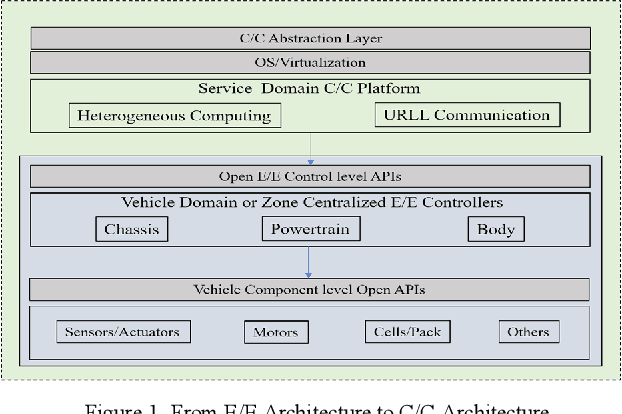
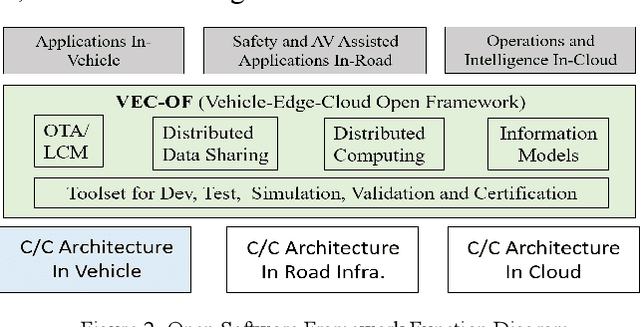
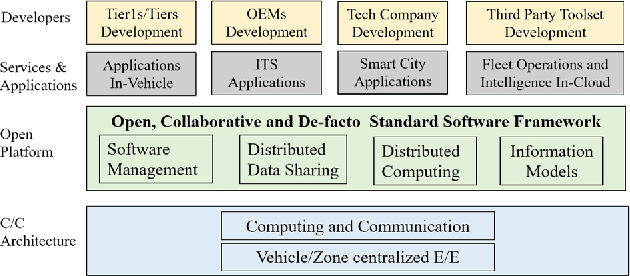
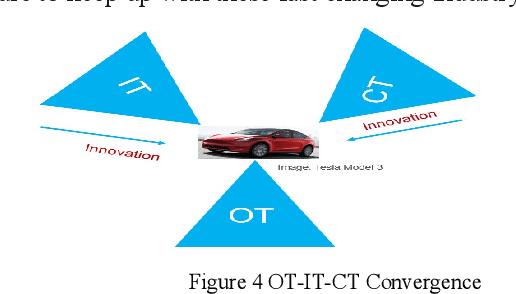
Abstract:OEMs and new entrants can take the Mobility as a Service market (MaaS) as the entry point, upgrade its E/E (Electric and Electronic) architecture to be C/C (Computing and Communication) architecture, build one open software defined and data driven software platform for its production and service model, use efficient and collaborative ways of vehicles, roads, cloud and network to continuously improve core technologies such as autonomous driving, provide MaaS operators with an affordable and agile platform. In this paper we present one new framework, VEC-OF (Vehicle-Edge-Cloud Open Framework), which is a new data and AI centric vehicle software framework enabling a much safer, more efficient, connected and trusted MaaS through cooperative vehicle, infrastructure and cloud capabilities and intelligence
Sparsity-based Correction of Exponential Artifacts
Sep 24, 2015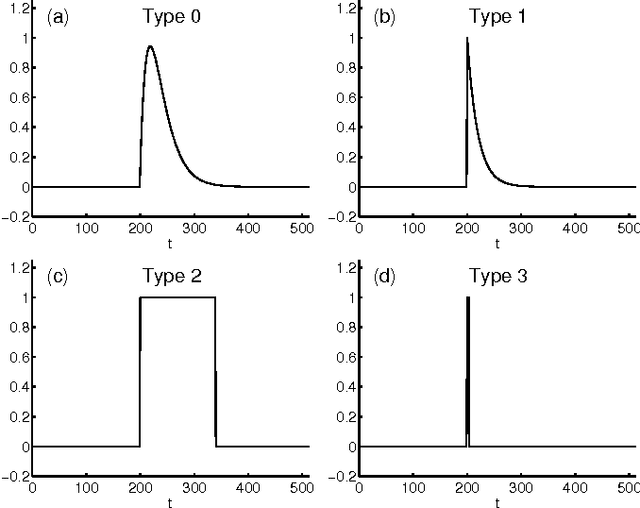

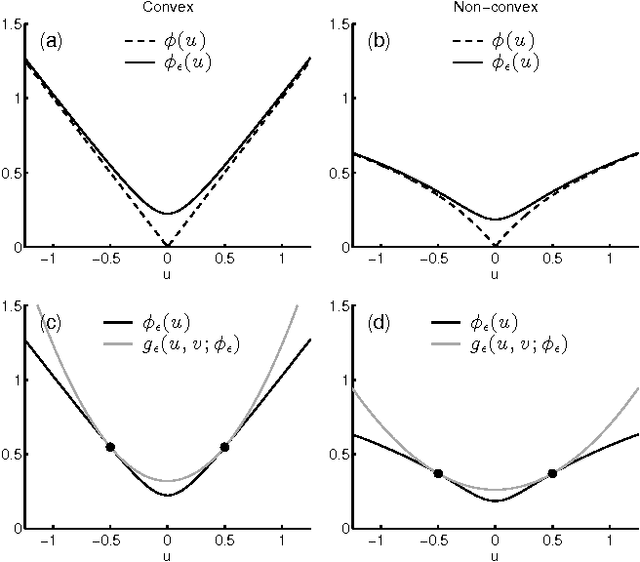
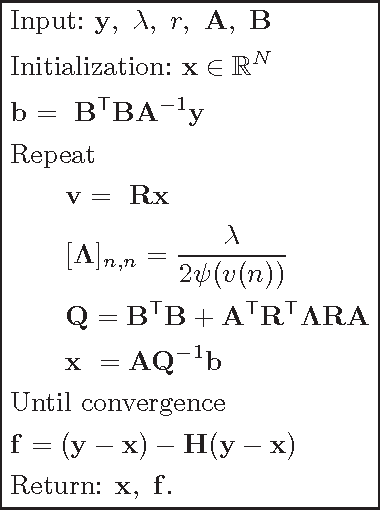
Abstract:This paper describes an exponential transient excision algorithm (ETEA). In biomedical time series analysis, e.g., in vivo neural recording and electrocorticography (ECoG), some measurement artifacts take the form of piecewise exponential transients. The proposed method is formulated as an unconstrained convex optimization problem, regularized by smoothed l1-norm penalty function, which can be solved by majorization-minimization (MM) method. With a slight modification of the regularizer, ETEA can also suppress more irregular piecewise smooth artifacts, especially, ocular artifacts (OA) in electroencephalog- raphy (EEG) data. Examples of synthetic signal, EEG data, and ECoG data are presented to illustrate the proposed algorithms.
Sparse Frequency Analysis with Sparse-Derivative Instantaneous Amplitude and Phase Functions
Feb 26, 2013



Abstract:This paper addresses the problem of expressing a signal as a sum of frequency components (sinusoids) wherein each sinusoid may exhibit abrupt changes in its amplitude and/or phase. The Fourier transform of a narrow-band signal, with a discontinuous amplitude and/or phase function, exhibits spectral and temporal spreading. The proposed method aims to avoid such spreading by explicitly modeling the signal of interest as a sum of sinusoids with time-varying amplitudes. So as to accommodate abrupt changes, it is further assumed that the amplitude/phase functions are approximately piecewise constant (i.e., their time-derivatives are sparse). The proposed method is based on a convex variational (optimization) approach wherein the total variation (TV) of the amplitude functions are regularized subject to a perfect (or approximate) reconstruction constraint. A computationally efficient algorithm is derived based on convex optimization techniques. The proposed technique can be used to perform band-pass filtering that is relatively insensitive to narrow-band amplitude/phase jumps present in data, which normally pose a challenge (due to transients, leakage, etc.). The method is illustrated using both synthetic signals and human EEG data for the purpose of band-pass filtering and the estimation of phase synchrony indexes.
 Add to Chrome
Add to Chrome Add to Firefox
Add to Firefox Add to Edge
Add to Edge